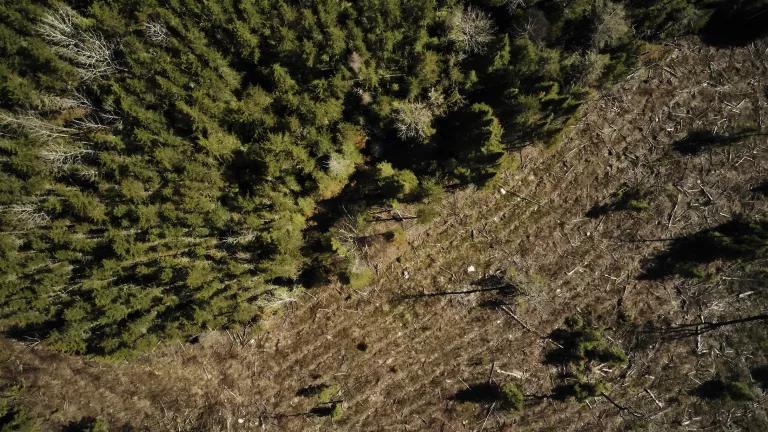University of Nebraska Professor releases study showing that State Department environmental review for proposed Keystone XL tar sands pipeline deeply flawed
Today Dr. John Stansbury, a Professor of Environmental and Water Resources Engineering at the University of Nebraska, released a study of the worst case spill scenarios for TransCanada’s proposed Keystone XL tar sands pipeline. His study, the first independent analysis of the worst-case spill scenarios for the Keystone XL pipeline, cites significant flaws in TransCanada’s methodology for calculating both the frequency and severity of expected spills on Keystone XL. The study finds that Keystone XL will have more than eight times as many spills, take more than ten times as long to shut down in the event of a rupture and spill more than six times as much raw tar sands as TransCanada estimates. This is significant, as the State Department has relied on TransCanada’s projections to analyze the environmental impacts of Keystone XL. This study provides even more evidence that the environmental review for Keystone XL is deeply flawed and the proposed pipeline presents significant unaddressed safety risks.
In particular, the study finds that Keystone XL could spill as much as 7.9 million gallons in Nebraska’s Sandhills above the Ogallala Aquifer and more than 6.9 million gallons of raw tar sands crude oil at the Yellowstone River crossing. After seeing 42,000 gallons of spilled conventional crude contaminate 240 miles of the Yellowstone River, it is clear that additional due diligence is necessary to address the larger risks posed by Keystone XL.
Our pipeline system wasn’t designed with raw tar sands in mind. Our pipeline safety regulators admit that they haven’t evaluated the risks of tar sands crude and haven’t been involved in the environmental review for the proposed Keystone XL tar sands pipeline. Meanwhile, the State Department has relied on TransCanada for estimates for many of the project’s environmental impacts. We simply cannot afford to rubber stamp a pipeline that would cross 1,904 waterbodies and the Ogallala Aquifer, the source of drinking water for millions of Americans and over a quarter of U.S. agricultural water. Our landowners, farmers, ranchers, and first responders deserve to have their government do responsible due diligence on their behalf.



